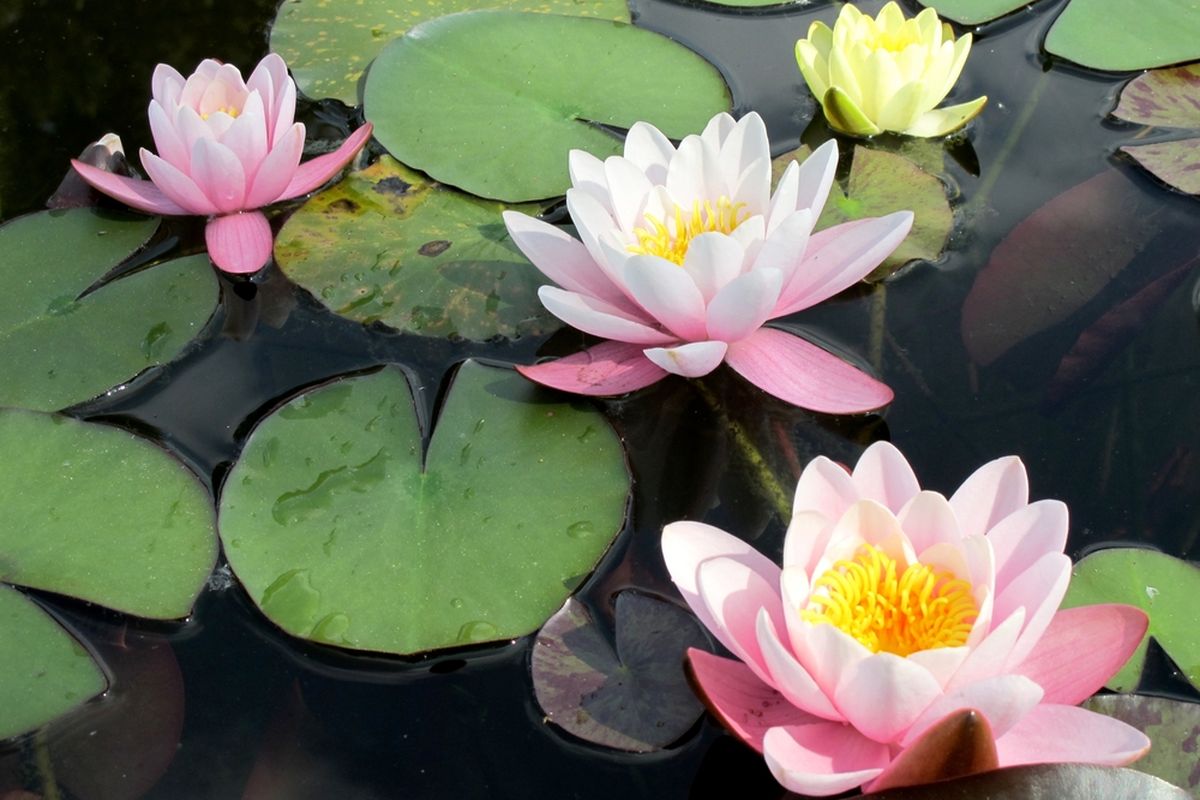The world of aquatic flora is a mesmerizing realm, filled with an array of stunning plants that thrive in the tranquility of water bodies. Among these captivating aquatic wonders, one particular gem stands out—the teratai888, also known as the water lily. Teratai, with its exquisite blooms and cultural significance, has captured the hearts of people around the globe.
Blossoms of Elegance: The Teratai, scientifically classified as Nymphaea, showcases a remarkable display of elegance with its breathtaking blossoms. Its iconic round, floating leaves are adorned with enchanting flowers that come in a variety of colors, including white, pink, and yellow. These blossoms appear to float effortlessly on the water’s surface, adding an element of serene beauty to any aquatic environment.
Symbolism and Cultural Significance: Throughout history, Teratai has held a special place in the hearts of many cultures. In ancient Egypt, the water lily was associated with rebirth and the cycle of life, often featured in art and mythology. In Hinduism and Buddhism, Teratai symbolizes purity and enlightenment, often depicted as a seat for deities or a representation of spiritual growth. This cultural significance has led to the widespread cultivation of Teratai in ornamental ponds and gardens.
Ecological Importance: Beyond its aesthetic allure, Teratai plays a crucial role in maintaining the health of aquatic ecosystems. These aquatic plants help stabilize water bodies by absorbing excess nutrients, providing shade to aquatic life, and offering refuge for fish and insects. Additionally, their floating leaves serve as landing platforms for various insects, supporting pollination and facilitating the growth of other aquatic vegetation.
Cultivation and Care: Cultivating Teratai in your own water garden can be a rewarding experience. These aquatic plants thrive in calm, shallow waters with plenty of sunlight. Adequate care involves regular pruning of dead leaves and flowers to promote continuous growth and flowering. Various cultivars and hybrid varieties are available to suit different garden designs and preferences.


